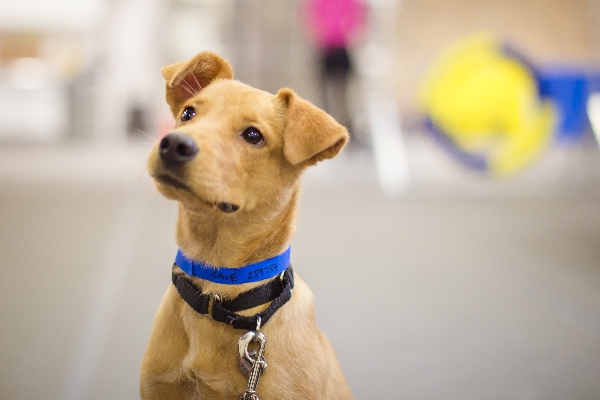Just like for humans, the five senses play an important role in helping dogs understand their surroundings.
But the way dogs use those senses is often very different than how we do.
Smell
Smell is a dog’s most prominent sense and the one that is the most different from ours. It has been estimated that a dog’s sense of smell is 100,000 times more powerful than a human’s. Scientists think that dogs have about 2 billion olfactory receptors—many, many more than our 40 million.
Hearing
Dogs have a keen sense of hearing. In fact, they are capable of hearing sounds four times further away than the human ear can discern. Their ears are also better designed to gather more available sound waves. They have 15 different muscles that move their ears in all directions. Plus they can move one ear at a time, independently of the other, to absorb even more information.
Touch
Dogs vary widely in their reaction to touch. Some dogs like a good, deep scratch, while others prefer a soft petting. Dogs who like being touched on the chest or behind the ears are easy to reward for a good response to a cue. Many dogs do not like to be touched on their paws.
Sight
Dogs have a wider angle of view than we do, but the field of vision from each eye does not overlap as much as ours, so less of what they see is in focus. This means they can see further around them but cannot always identify what they see.
Dogs are very good at noticing movement. This is one of the reasons they respond well to training by hand signals. It was once thought that dogs were colorblind, but studies have found that’s not true.
Their night vision is typically better than ours, too. Dogs have an additional reflective layer in the eye that reflects light back into the receptor cells of the eye. This not only increases their night vision, but gives the appearance of eyes glowing in the dark.
Taste
Just as with humans, taste is closely linked to the sense of smell. Every dog has different taste preferences.

